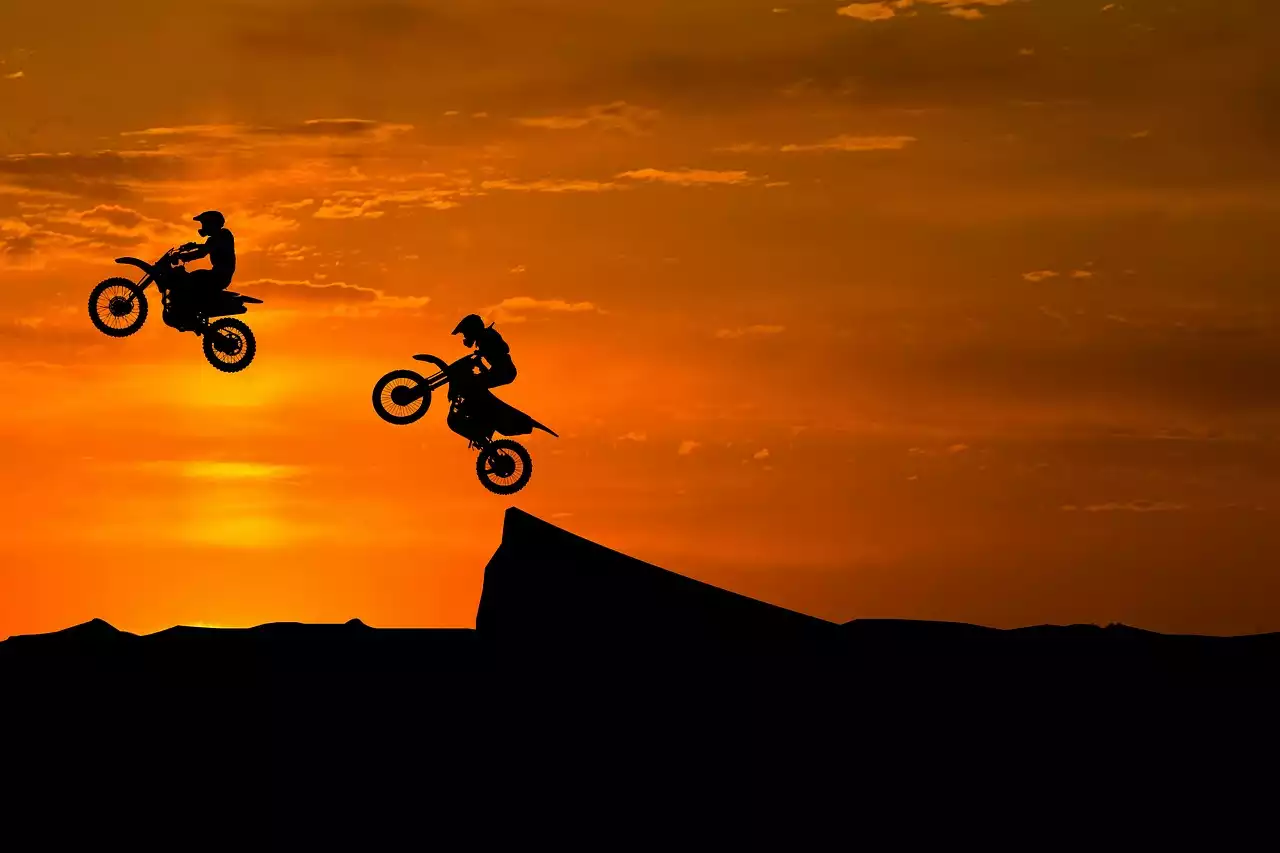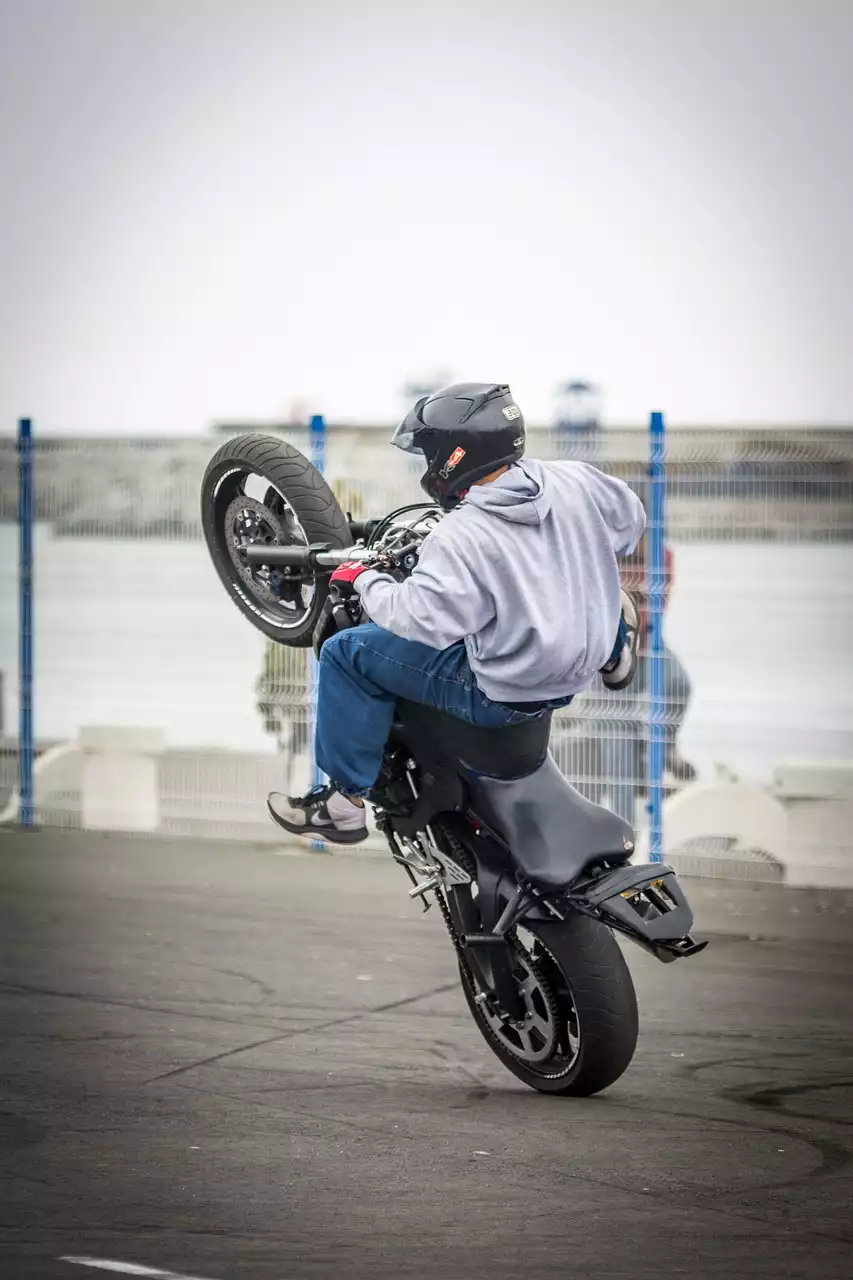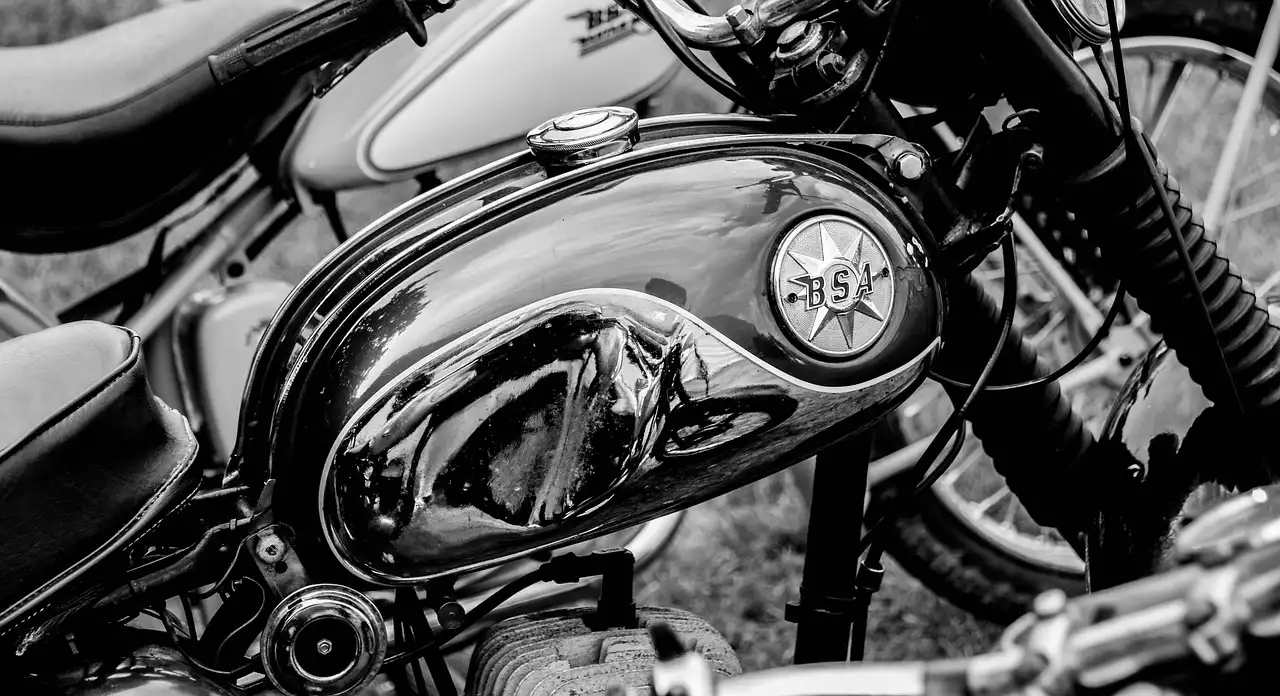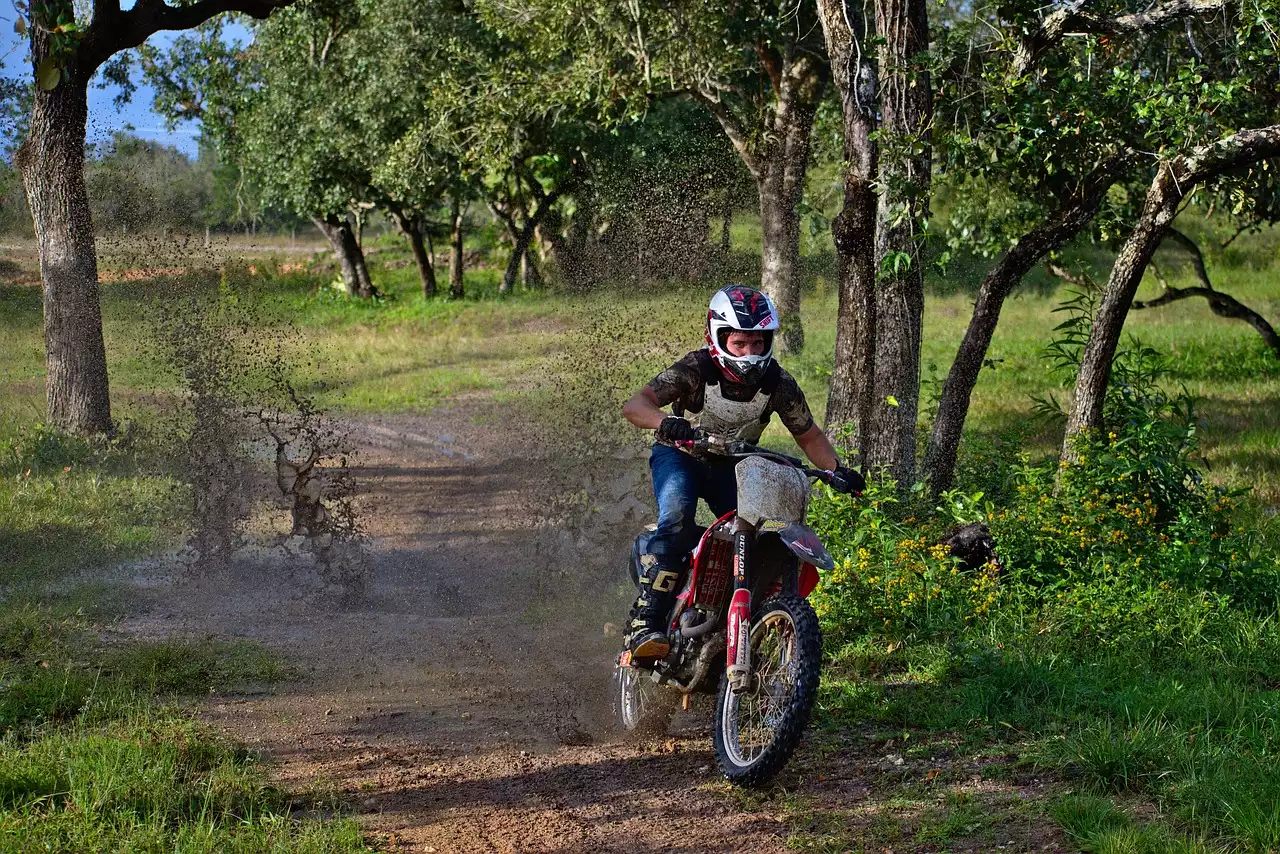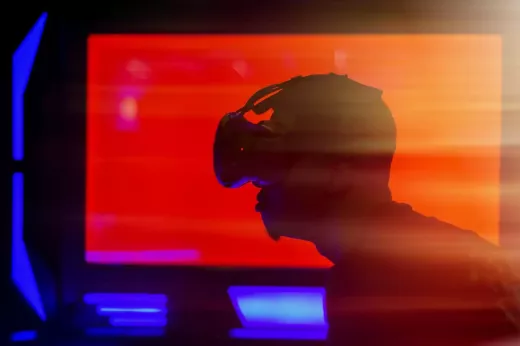Overview of Advanced Motorcycle Riding Techniques
When it comes to advanced motorcycle riding techniques, there are many different skills and techniques you’ll need to master. A truly skilled rider can handle any situation on the road. They can ride confidently in any conditions, at any time of day, and they know how to control their bike and maneuver it with ease. If you’re a beginner, you may be familiar with some of the techniques listed in this guide. But if you’re an intermediate or advanced rider, you may only be familiar with a few. That’s perfectly normal. Each rider has their own unique riding style and riding techniques that they’ve developed over time. Once you’ve mastered these advanced riding techniques, you’ll be able to ride with more confidence and skill in any situation. You’ll be able to travel farther, explore new places, and experience the joy of motorcycling in a whole new way. These advanced motorcycle riding techniques will help you take your skills to the next level and become a truly skilled rider.
Braking Techniques
First up on the list of advanced motorcycle riding techniques is braking. In many ways, braking is the foundation of riding. It’s where all your other skills are built upon. That’s why it’s important to master your braking as an advanced rider. When you first start riding, you might be taught to squeeze the throttle and brake at the same time. This is a basic braking technique that you’ll need to master as a beginner. But as you become an advanced rider, you’ll want to switch to using only one foot to brake. Using your front brake more than your rear brake is a key advanced braking technique. The front brake is more powerful than the rear and can help you stop your bike more quickly.
Cornering and Maneuvering Techniques
Next up on the list of advanced motorcycle riding techniques are cornering and maneuvering. Cornering and maneuvering are two different skills. There are different types of corners that you can approach. And there are different techniques you can use to navigate those corners. As an advanced rider, you’ll want to master these cornering and maneuvering techniques. First, you’ll want to choose the right line through a corner. A cornering line is the path of your bike through a corner. There are many different types of lines you can take. A line is determined by three things:
- Speed
- Amount of throttle
- Amount of brakes
Once you’ve chosen the right line, you’ll want to smoothly apply the throttle and brake at the same time. This is called the “power-slide”. With the power-slide, you’re smoothly combining the brake and throttle to give you more control over your bike as you navigate the corner.
Countersteering Techniques
Next up on the list of advanced motorcycle riding techniques is countersteering. Countersteering is a technique you’ll use to initiate turns and control your motorcycle as you ride. When you initiate a turn, you want to apply the opposite amount of the throttle and brake that you normally would. So if you normally apply a little amount of throttle and a little amount of brake when you’re riding straight, you will want to apply a lot of throttle and a little amount of brake when you initiate the turn. That’s countersteering in a nutshell. It may sound a little confusing, but it’s an essential advanced motorcycle riding technique. It allows you to initiate a turn without having to use the handlebar to steer. This is important because you don’t want to let go of the throttle while you’re riding. Holding on to the throttle keeps your bike at a steady cruising speed. If you let go of the throttle while turning, it will cause your bike to slow down. So countersteering is a helpful technique that allows you to make turns without having to let go of the throttle.
Advanced Positioning
Positioning is another advanced motorcycle riding technique that will help you ride more smoothly, confidently, and efficiently. Positioning is about where you place your body on the bike. There are several correct ways to position yourself on a motorcycle. Generally speaking, you want to sit upright on your bike. You don’t want to slouch or slouch back. You also want your feet to be directly below your hips so that your knees are slightly bent. This will help you have more control over your bike. You also want to place your hands at 10 and 2 o’clock on your handlebars. This will help you steer more easily and be more comfortable.
Riding in Bad Weather
Next up on the list of advanced motorcycle riding techniques is riding in bad weather. With the right gear, riding in bad weather isn’t dangerous. It’s just uncomfortable and something you may have to get used to. Whether you like riding in the rain, snow, or extreme heat, it’s important to know how to properly adjust your riding skills and techniques to adapt to the weather. Extremely hot or cold weather can affect your bike. When it’s extremely hot or cold outside, the oil inside your engine doesn’t flow as well. So you may need to adjust your riding to fit the weather. For example, when it’s extremely cold outside, you may want to slow down and ride a little bit more cautiously. Likewise, when it’s extremely hot outside, you may want to try not to ride during the hottest hours of the day. If it’s raining, you can still ride, but you may have to hold off on certain techniques. For example, you may want to avoid using the throttle as much as you normally would.
Slow Riding Techniques
Many of the advanced motorcycle riding techniques that we’ve discussed so far are helpful for riding at normal cruising speeds. But when you’re riding at a low speed, it’s important to use different techniques to ride smoothly and safely. When you’re riding at a low speed, you want to keep your bike as steady as possible. You also want to be careful not to hit anything like a rock, pothole, or curb. You want to be sure to apply the correct amount of the throttle and brake at the same time to keep your bike steady and avoid hitting anything. You also want to make sure your mirrors are positioned correctly. Your inside mirror should be positioned at the center of your bike, and your outside mirror should be positioned slightly behind your bike. This will help you keep an eye on your surroundings and avoid hitting anything.
